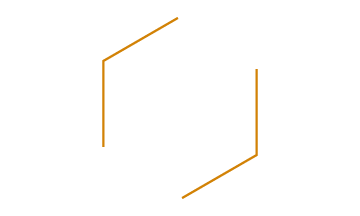Supplemental Material
Author Note
This research was supported by National Institutes of Health Grant 1R01AG037943-01 to Gretchen B. Chapman.
Author Affiliation
Chapman, Psychology Department and Institute for Health, Healthcare Policy, and Aging Research, Rutgers University; Li, Department of Health and Behavioral Sciences, University of Colorado Denver; Leventhal, Psychology Department and Institute for Health, Healthcare Policy, and Aging Research, Rutgers University; Leventhal, Institute for Health, Healthcare Policy, and Aging Research and Department of Medicine, Robert Wood Johnson Medical School, Rutgers University. Corresponding author’s e-mail address: [email protected]
References
1. Centers for Disease Control and Prevention. (2016). Flu vaccination coverage, United States, 2015–16 influenza season. Retrieved from http://www.cdc.gov/flu/fluvaxview/coverage-1516estimates.htm
2. Lu, P., Bridges, C. B., Euler, G. L., & Singleton, J. A. (2008). Influenza vaccination of recommended adult populations, U.S., 1989–2005. Vaccine, 26, 1786–1793. doi:10.1016/j.vaccine.2008.01.040
3. Johnson, E. J., & Goldstein, D. (2003, November 21). Do defaults save lives? Science, 302, 1338–1339. doi:10.1126/science.1091721
4. Madrian, B. C., & Shea, D. F. (2001). The power of suggestion: Inertia in 401(k) participation and savings behavior. Quarterly Journal of Economics, 116, 1149–1187. doi:10.1162/003355301753265543
5. Thaler, R. H., & Sunstein, C. R. (2008). Nudge: Improving decisions about health, wealth, and happiness. New Haven, CT: Yale University Press.
6. Chapman, G. B., Li, M., Colby, H., & Yoon, H. (2010). Opting in vs opting out of influenza vaccination. JAMA, 304, 43–44. doi:10.1001/jama.2010.892
7. Lehmann, B. A., Chapman, G. B., Franssen, F. M. E., Kok, G., & Ruiter, R. A. C. (2016). Changing the default to promote influenza vaccination among health care workers. Vaccine, 34, 1389–1392. doi:10.1016/j.vaccine.2016.01.046
8. Roberto, C. A., Larsen, P. D., Agnew, H., Baik, J., & Brownell, K. D. (2010). Evaluating the impact of menu labeling on food choices and intake. American Journal of Public Health, 100, 312–318. doi:10.2105/AJPH.2009.160226
9. Bronchetti, E. T., Huffman, D. B., & Magenheim, E. (2015). Attention, intentions, and follow-through in preventive health behavior: Field experimental evidence on flu vaccination. Journal of Economic Behavior & Organization, 116, 270–291. doi:10.1016/j.jebo.2015.04.003
10. Giles, E. L., Robalino, S., McColl, E., Sniehotta, F. F., & Adams, J. (2014). The effectiveness of financial incentives for health behaviour change: Systematic review and meta-analysis. PLOS ONE, 9(3), Article e90347. doi:10.1371/journal.pone.0090347
11. Goldstein, D. G., & Dinner, I. M. (2013). A fairly mechanical method for policy innovation. In H. C. M. van Trijp (Ed.), Encouraging sustainable behavior: Psychology and the environment (pp. 55–68). New York, NY: Psychology Press.
12. McKenzie, C. R. M., Liersch, M. J., & Finkelstein, S. R. (2006). Recommendations implicit in policy defaults. Psychological Science, 17, 414–420. doi:10.1111/j.1467-9280.2006.01721.x
13. Betsch, C., Böhm, R., & Chapman, G. B. (2015). Using behavioral insights to increase vaccination policy effectiveness. Policy Insights from the Behavioral and Brain Sciences, 2, 61–73.
